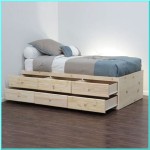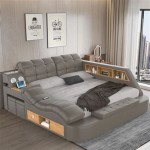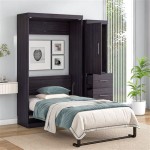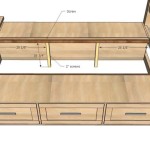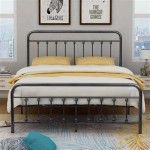Using Metal for Raised Garden Beds
Raised garden beds offer numerous advantages for gardeners, including improved soil drainage, enhanced pest control, and easier accessibility. While wood is a popular material for constructing raised beds, metal offers unique benefits that make it a compelling choice for many gardeners. This article will explore the advantages of using metal for raised garden beds, delve into various metal options, and provide tips for successful implementation.
Durability and Longevity
Metal, particularly galvanized steel and aluminum, stands out for its exceptional durability and longevity. Unlike wood, metal is resistant to rot, decay, and insect infestations. This resilience ensures that your raised beds will withstand the elements and provide a stable foundation for years to come. Galvanized steel boasts a protective zinc coating that safeguards against rust and corrosion, extending its lifespan even further. Aluminum is another excellent choice, known for its lightweight nature, rust resistance, and ability to withstand extreme temperatures.
Versatility and Customization
Metal offers remarkable versatility, allowing for a wide range of garden bed designs and sizes. Pre-fabricated metal raised bed kits are readily available, providing convenient and ready-to-assemble solutions. Alternatively, you can customize your beds by using metal sheets, pipes, or other metal components. This flexibility enables gardeners to adapt their raised beds to specific needs, such as incorporating curved edges, tiered levels, or integrated drainage systems.
Ease of Maintenance
Metal raised beds require minimal maintenance compared to wooden counterparts. Unlike wood, metal does not need to be treated or painted regularly to prevent rot or insect damage. Simply rinsing the metal with water occasionally is usually sufficient to remove dirt and debris, ensuring a clean and hygienic environment for your plants. The durability and low-maintenance nature of metal make it an ideal choice for busy gardeners or those seeking a hassle-free gardening experience.
Different Types of Metal
Several metal materials are suitable for creating raised garden beds, each offering distinct advantages:
Galvanized Steel
Galvanized steel is a widely used material for raised beds due to its strength, durability, and rust resistance. The zinc coating on galvanized steel protects it from corrosion, making it suitable for both indoor and outdoor applications. Though heavier than aluminum, galvanized steel provides exceptional structural integrity, particularly for taller or larger raised beds.
Aluminum
Aluminum offers a lightweight alternative with excellent rust resistance. It is relatively easy to work with and can be shaped into various forms, making it suitable for intricate designs. However, aluminum may be less durable than galvanized steel, potentially bending under heavy loads.
Copper
Copper is a visually appealing material that adds a rustic charm to garden beds. It is naturally resistant to corrosion and has antimicrobial properties that can help prevent plant diseases. However, copper is more expensive than other metal options, and its malleability can make it challenging to work with.
Creating Metal Raised Beds
When building metal raised beds, consider the following tips:
- Choose the right size and shape: Determine the size and shape of your raised beds based on your gardening space and plant types. Square or rectangular beds are generally easier to build and maintain.
- Prepare the site: Level the ground where your beds will be situated and remove any debris.
- Assemble the frame: Use metal sheets, pipes, or pre-fabricated kits to create the bed frame.
- Add drainage holes: Drill drainage holes into the bottom of the bed to prevent waterlogging and maintain healthy soil conditions.
- Line the bed: Use landscape fabric or a suitable liner to prevent soil from escaping and ensure drainage.
- Fill with soil: Choose a high-quality potting mix or amend existing soil to create optimal growing conditions.
Metal raised garden beds provide a durable, versatile, and low-maintenance option for gardeners. Their strength, longevity, and ease of maintenance make them an excellent choice for both experienced and novice gardeners. By carefully selecting the appropriate metal material, planning the design and construction process, and considering the tips provided, you can create beautiful and functional raised beds that will enhance your gardening experience for years to come.

How To Make A Raised Garden Bed Last 25 Years With Plans Ptr

Galvanized Steel Raised Garden Beds Plans Tutorial Growfully

Metal Raised Garden Beds Vs Wood Vego

12 Diy Galvanized Metal Planters With Tutorials Jardin Surélevé Potager Idées

Raised Garden Beds Galvanized Metal Vs Wood Huw Richards

Raised Garden Bed Materials What S Good Epic Gardening

Raised Garden Bed Materials Figure Out Your Diy Setup

Raised Bed With Galvanized Tin Tall Garden Beds Metal Building A

What Are The Benefits Of Using Round Galvanized Raised Garden Beds Ollegardenshttps Www Ollegardens Com S 17 Tall 42 Olle Metal Home Vegetable Sage Green

5 Misconceptions Of Metal Garden Beds Why They Are Safe Sunnydaze Decor
Related Posts

